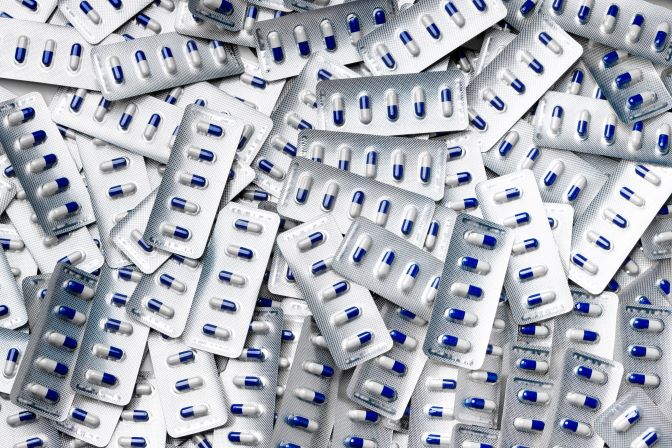Introduction
In the realm of sporting activities, the thrill of competition is commonly gone along with by a hidden threat-- heart attack. While First Aid Courses Tweed Heads athletes press their restrictions and influence us with their feats, the reality is that sudden heart cases can take place at any moment. This article explores Sports-Related Cardiac Arrest: The Relevance of Immediate CPR, clarifying the crucial duty that Cardiopulmonary Resuscitation (CPR) plays in conserving lives throughout these emergency situations.

From comprehending the auto mechanics behind heart attack to discovering advanced resuscitation abilities, this detailed overview intends to outfit you with essential expertise and sources. Whether you're a coach, a parent, or simply somebody that delights in leisure sports, understanding exactly how to respond can make all the difference.
Understanding Sports-Related Cardiac Arrest
What is Sports-Related Heart Arrest?
Sports-related heart attack refers to a sudden loss of heart function in people joining sports tasks. It can take place to any person, despite age or fitness level. When an athlete suffers heart attack on the area or court, instant activity is vital for survival.
The Mechanism Behind Cardiac Arrest
Cardiac arrest takes place when the heart's electric system malfunctions, leading to an inadequate heartbeat. This interruption protects against blood from moving to vital body organs, including the brain. Common reasons consist of congenital heart flaws, hypertrophic cardiomyopathy, and arrhythmias.
Statistics on Cardiac Arrest in Sports
Recent research studies highlight a worrying rate of cardiac arrests amongst professional athletes:
- Approximately 1 in 50,000 athletes experiences a heart event. Survival prices differ substantially based on prompt action times.
The Role of mouth-to-mouth resuscitation in Saving Lives
What is CPR?
Cardiopulmonary Resuscitation (CPR) is a lifesaving method focused on by hand preserving mind feature up until further steps are taken. Providing CPR can increase or triple chances of survival after heart arrest.
Why Immediate Action Matters
When it involves heart attack, every second matters. After just 4 minutes without oxygen-rich blood circulation, permanent brain damage can occur. This makes prompt mouth-to-mouth resuscitation crucial for maintaining life till professional assistance arrives.
CPR Conserving Lives: Real-Life Examples
Numerous instances exist where timely mouth-to-mouth resuscitation management has conserved lives:
- In 2021, a secondary school basketball gamer broke down throughout technique yet made it through many thanks to quick-thinking teammates who did CPR.
How to Do CPR Effectively
Basic Steps for Adult CPR
Check responsiveness; if less competent, call for emergency situation assistance. Begin chest compressions at a depth of regarding 2 inches and at a price of 100-120 compressions per minute. If educated, give rescue breaths in a ratio of 30 compressions to 2 breaths.Incorrect Compression Deepness: An Usual Mistake
One major mistake throughout mouth-to-mouth resuscitation is falling short to apply sufficient compression deepness. Research study indicates that compressions ought to be deep adequate to successfully pump blood but not so deep as to trigger injury.
Infant and Kid CPR Techniques
Different age need specific techniques:
- For babies: Use two fingers and compress concerning 1.5 inches deep. For kids: Utilize one hand for compressions with similar depth standards as adults.
Advanced Resuscitation Skills
AED: Exactly how to Use It Effectively
An Automated External Defibrillator (AED) can restore regular heart rhythm throughout a heart occasion:
Turn on the AED and comply with voice prompts. Apply pads as suggested on the device. Allow AED to assess heart rhythm prior to proceeding CPR if advised.CPR and Emergency treatment Combo Training
Combining CPR training with emergency treatment boosts readiness for emergency situations:
- Local courses commonly provide comprehensive programs covering both areas.
Household Preparedness for Emergencies
Creating Office Emergency situation Plans
Organizations need to have clear procedures for reacting to clinical emergency situations like cardiac arrest:
- Designate personnel trained in mouth-to-mouth resuscitation and first aid.
Household Readiness Measures
Consider having an AED offered at home if a person has actually recognized heart issues or if you have active young athletes involved in sports.
Local Resources for Knowing CPR
Finding Regional CPR Courses Near You
Many community centers and medical facilities supply regional CPR accreditation training courses:

- Check online platforms for timetables and availability.
Online CPR Qualification Options
With hectic schedules coming to be usual, on the internet accreditation training courses https://felixojpq945.timeforchangecounselling.com/mouth-to-mouth-resuscitation-educating-for-moms-and-dads-outfit-yourself-with-vital-skills-in-adelaide supply versatility without giving up quality education.
Frequently Asked Inquiries (FAQs)
What are the indications of putting at risk heart arrest?
Signs may consist of unexpected collapse, absence of feedback, unusual breathing patterns such as gasping or no breathing at all.
Do I require special tools for carrying out CPR?
While basic mouth-to-mouth resuscitation does not call for unique devices aside from your hands or mouth-to-mouth breaths if educated, having access to an AED can significantly improve survival chances.
How often ought to I renew my CPR certification?
Typically every two years; nevertheless, check regional needs as they might differ by area or company type.
Can I use an AED on children?
Yes! The majority of AEDs come outfitted with youngster pads ideal for usage on more youthful individuals; always comply with device instructions.
What's the success rate of bystander-administered CPR?
Studies suggest that prompt bystander-administered CPR can enhance survival prices considerably-- typically increasing them when provided within minutes.
li20/ol3/hr8hr8/##
Conclusion
As we have actually checked out throughout this post labelled "Sports-Related Cardiac Arrest: The Value of Immediate mouth-to-mouth resuscitation," recognizing just how to efficiently respond throughout these emergency situations can not be overstated-- it conserves lives! From discovering appropriate techniques like incorrect compression depth management and using AEDs correctly, each piece contributes toward developing awareness and preparedness within communities associated with sporting activities activities.
By furnishing ourselves with expertise with regional courses or on-line accreditations focused on innovative resuscitation skills-- every individual ends up being equipped against possible tragedies that might otherwise arise from hold-ups at work following unexpected cardiac events throughout sporting activities events!
Always remember-- the rule remains true: "mouth-to-mouth resuscitation constantly reboots hearts," because when seconds matter most-- your knowledge could be what transforms despair into hope!